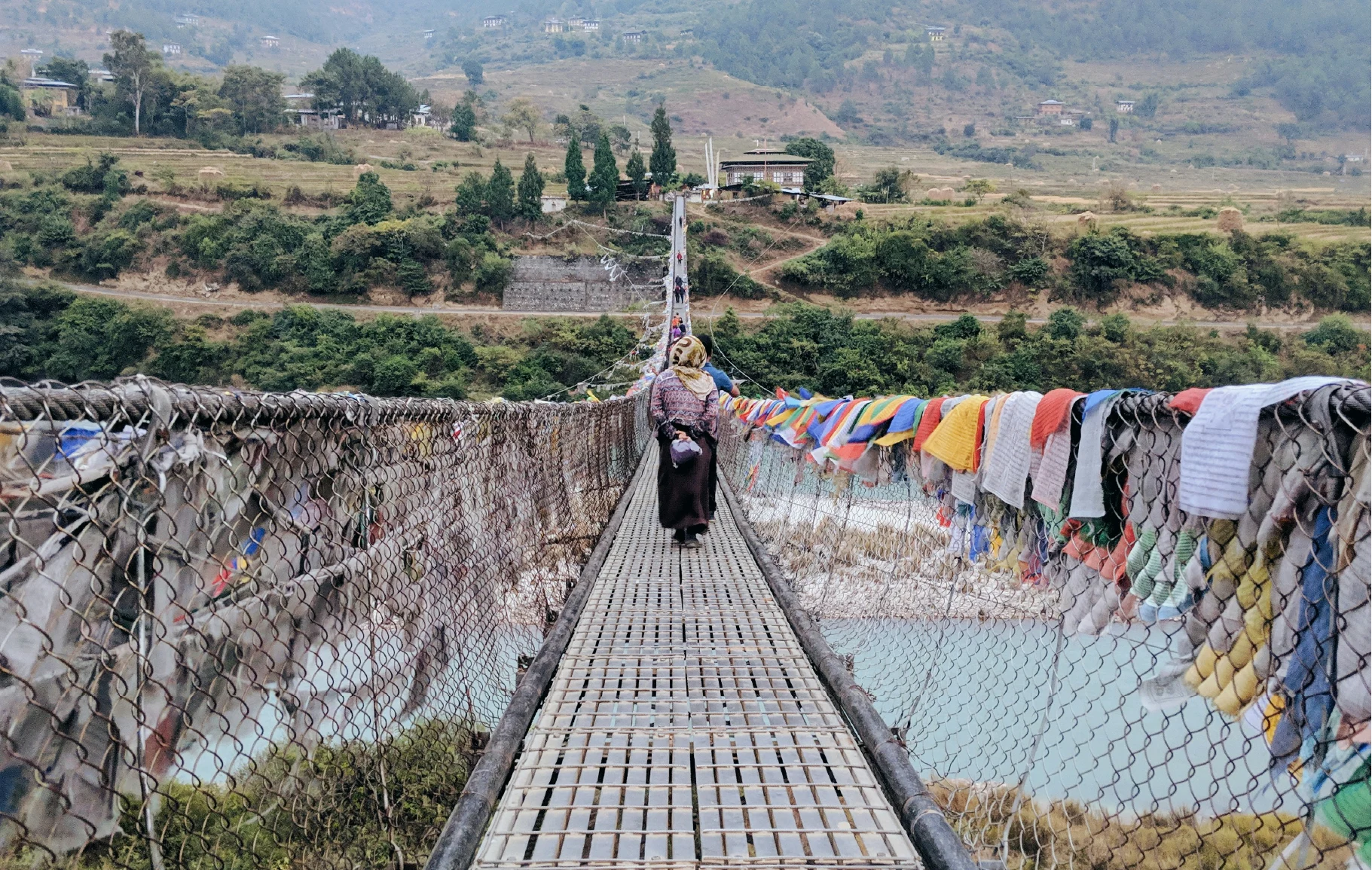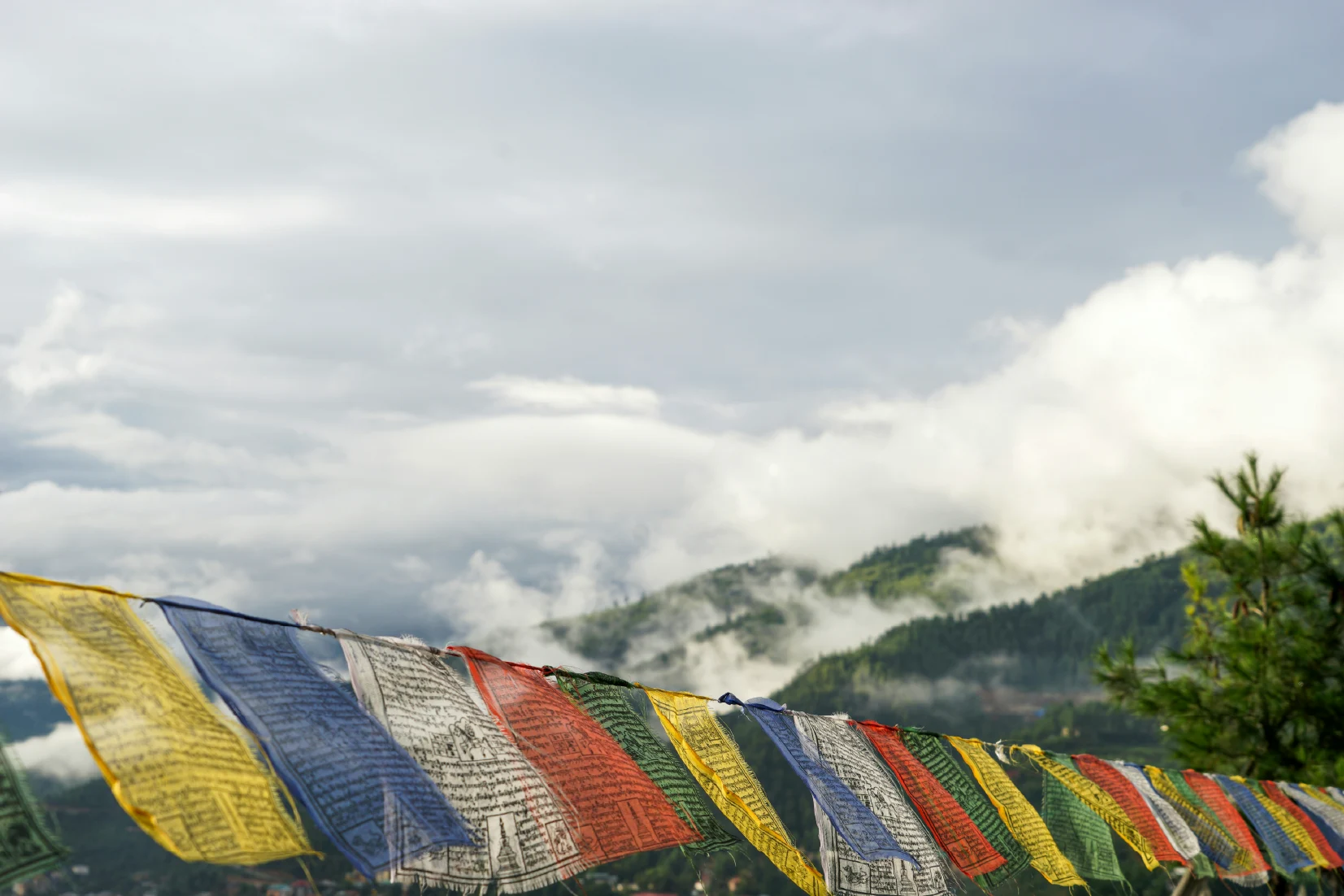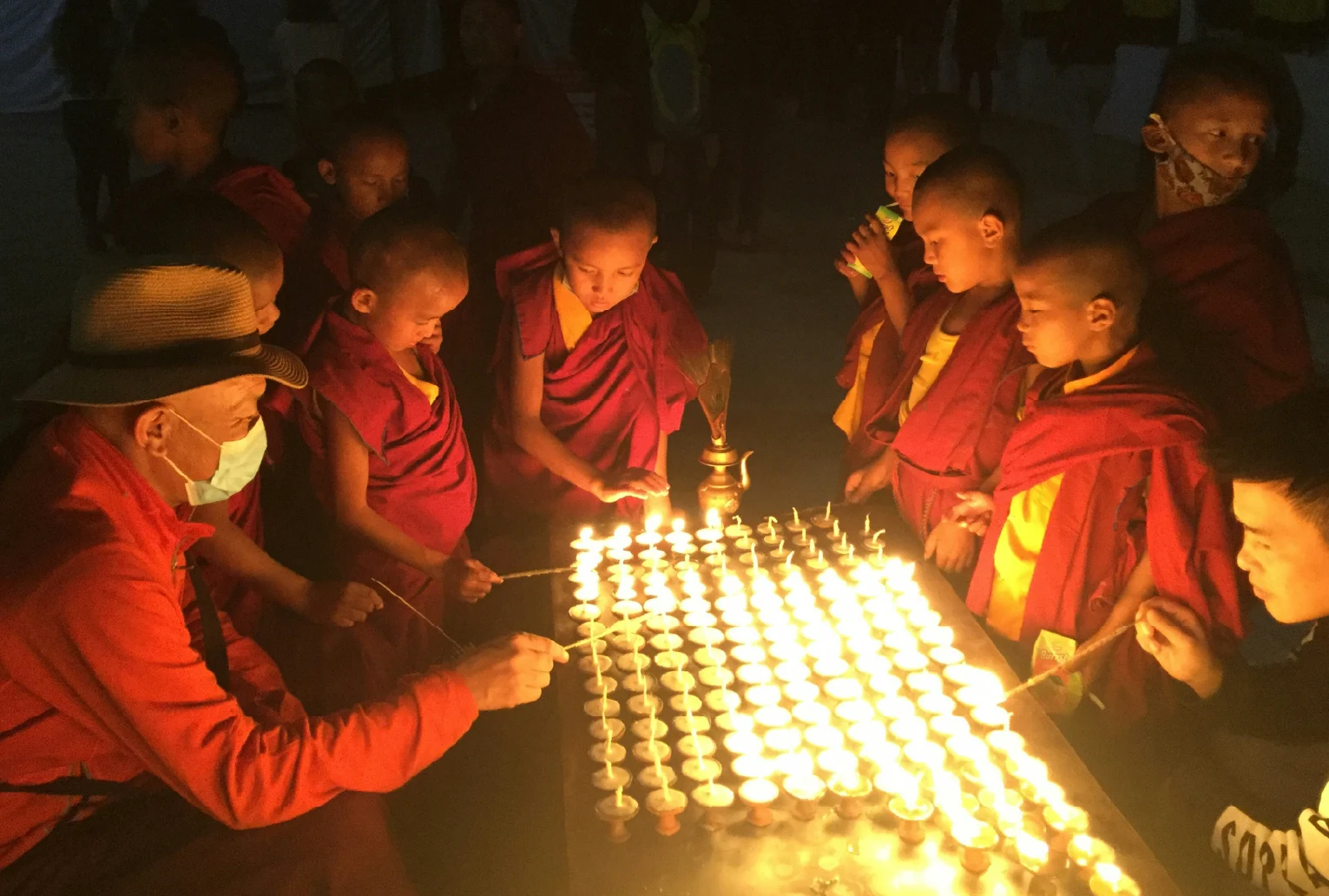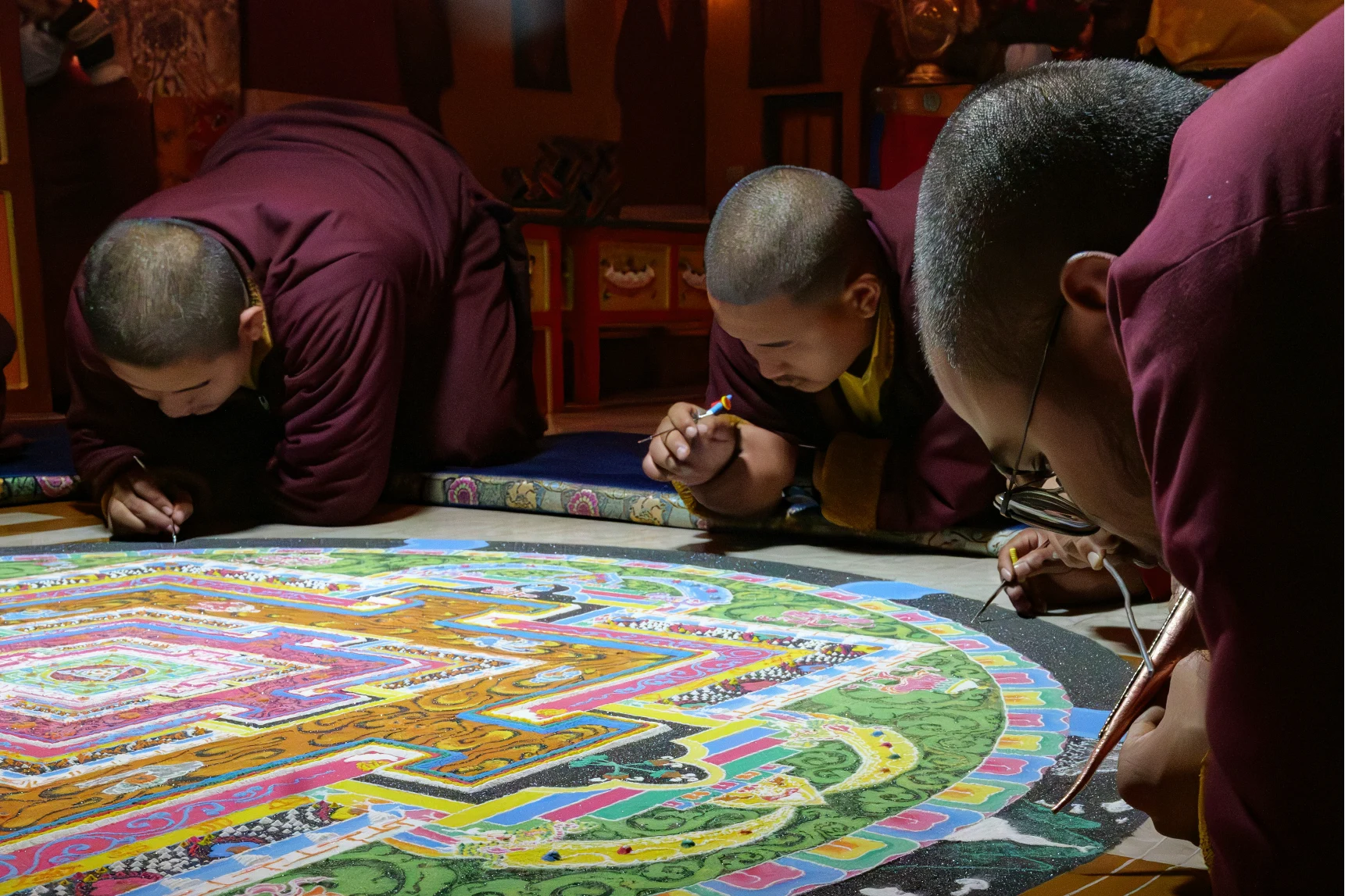Beyond the Cup: Awakening to the Essence of Dharma amidst Outer Trappings.
Student – Lama la, I’ve been hearing a lot about the idea of separating Buddhist culture from authentic practice. What does that concept entail exactly? How can I tell the difference between the two? Does it imply that we should completely reject the cultural aspects of practice?
Master – One of the simplest ways to explain culture and authentic practice is through the analogy of a cup and coffee. Coffee is the main focus —it’s what we seek. The cup, however, plays an important role too, as it makes drinking the coffee possible. Without the cup, enjoying the coffee would be much harder. Together, they serve a purpose.
While we can appreciate the cup’s value and even its beauty, we shouldn’t become so fixated with it that we forget to savour the coffee itself. This is precisely what often happens with Buddhism. We get so caught up in the external forms that we lose sight of the true essence of the Dharma.
To prevent this from happening, we must remain focused on the core purpose of the Dharma, which is to awaken us to reality. Authentic practice includes anything that moves us closer to that goal, no matter how unconventional it may seem. Conversely, anything that doesn’t contribute to this aim, no matter how deeply rooted in tradition, belongs to the realm of culture.
Buddha’s teachings encourage us to move beyond man-made traditions, beliefs, and cultural ideas, as they don’t represent the ultimate truth. These ideas change based on society, time, and location, making them unreliable. Depending on them for wisdom or lasting happiness is like expecting a shaky chair to keep us steady — it just won’t work.
Yet, while cultural practices are shaped by societal influences, they can still serve as valuable guides on the path to awakening. Their role is not to define ultimate truth but to support our journey — like boats carrying us across a river. The key is to use them wisely without mistaking them for the destination itself.

On this point, Dzongsar Khyentse Rinpoche has stated, “The essence of Buddhism is beyond culture, but it is practiced by many different cultures, which use their traditions as the cup that holds the teachings. If the elements of these cultural trappings help other beings without causing harm, and if they don’t contradict the Four Seals of Buddhism (All compounded things are impermanent. Emotions are suffering. All phenomena are without inherent existence. Nirvana is beyond extremes), then Siddhartha would encourage such practices.”
As Rinpoche notes, cultural practices can still hold value — even without deep reflection — so long as they do not contradict the Four Seals. As an example, they may help generate merit and forge karmic connections with the Dharma and Sangha, though their impact remains limited without deeper intention.
Culture is like a cup — important, but not the essence. The real focus should be on the coffee. If we get too caught up in protecting and admiring the cup, we are at risk of forgetting the beverage. For instance, many people obsess over the traditional items in the seven bowl offerings — such as water, incense, and flowers — overlooking the fact that these objects merely symbolize tokens customarily presented to an honoured guest in India during the Buddha’s time.
I’m not suggesting we reject traditional offerings — water and flowers are perfectly fine if they resonate with you. However, awakening depends not on the type of offering, but on the purity of the motivation and its ability to remind us of impermanence and the absence of inherent self or other.
In contrast, if we rigidly cling to specific offerings, we reduce the Buddha and Guru Rinpoche to mere worldly gods, bound by time and place, rather than awakened beings beyond the limitations of human perception, free in their enlightened wisdom and compassion.

As evidence that true value isn’t found in the material worth or type of offering, but comes from the depth of sincerity behind it — a sincerity rooted in the genuine desire to benefit others – we can think of the story of Nanda, a poor beggar, who was inspired by King Ajatashatru’s grand lamp offerings to Shakyamuni Buddha. Though she had no money, she sold her beautiful hair to buy oil for a small lamp, praying for the wisdom to free all beings.
Despite its humble size, Nanda’s lamp burned brightly throughout the night, resisting even strong winds. The next morning, Buddha’s disciple Maudgalyayana was unable to extinguish it. Recognizing the sincerity and selflessness behind her offering, Shakyamuni Buddha prophesied that Nanda would one day attain Buddhahood as the Lamplight Buddha.
In short, when an offering is made with selfless intent and a deep commitment to uplifting others, its significance goes beyond its physical form.
Even an untraditional act, like offering a favourite Eminem song or a cup of bubble tea, can generate great merit and lead to awakening when done with genuine and benevolent intent and accompanied by reflection.
Outer forms, like offering a lotus bud at a temple in Chiang Mai, admiring a Zen Garden in Kyoto, or watching a Thongdrel unfurled in Jakar, are tangible and alluring. But true contemplation — reflecting on the impermanence of the lotus, the interdependence of the Zen Garden, or the boundless nature of nirvana in the Thongdrel — is often less appealing.
As a result, many people engage in offerings, rituals, and visits to lhakhangs without considering the true aim of Dharma, rendering these activities mere cultural practices with very limited benefit — a cup without the coffee.
This neglect of the deeper purpose stands in stark contrast to the Buddha’s teachings, which highlight that recalling the Four Seals is the highest form of devotion, and to Patrul Rinpoche’s emphasis that bodhichitta is the gateway to realizing ultimate reality.

In conclusion, culture can serve as a meaningful vehicle for expressing the truth of the Dharma and can create karmic connections with the teachings. However, it also carries the risk of becoming a distraction.
The allure of rituals, symbols, and outer forms can easily pull our focus away from the true purpose of practice. We become overly focused on our clothing, the style of offerings, and the etiquette surrounding offerings, forgetting that Dharma is not a cultural display but a path to awakening to reality and gaining liberation from samsara.
The essence of Dharma — the wisdom of Buddha and Guru Rinpoche —must remain unchanged, but its presentation should evolve to stay relevant, ensuring it doesn’t become merely a cultural ritual for family gatherings and tourists.
How can we keep the Dharma alive while staying true to its purpose of guiding us toward awakening? It starts with a deep understanding, cultivated through engagement with the teachings, especially the Four Seals of Buddhism and bodhichitta. By internalizing their wisdom and applying it to our practice, we ensure that every action remains grounded in the true path to awakening.

In these degenerate times, we must also be vigilant to avoid mistaking diluted or corrupted practices for the real Dharma.
Take, for example, the modern meditation boom, which, while outwardly promoting Buddhist practice, often focuses solely on achieving temporary peace of mind, a goal that is fundamentally at odds with the Dharma’s ultimate aim of liberation. Likewise, the singing bowl craze, though marketed as a traditional Tibetan healing practice, is a modern invention with no ties to Tibet or healing.
In essence, while cultural practices can provide a meaningful framework for conveying the Dharma, it is the true essence of awakening that must always remain our focus.



